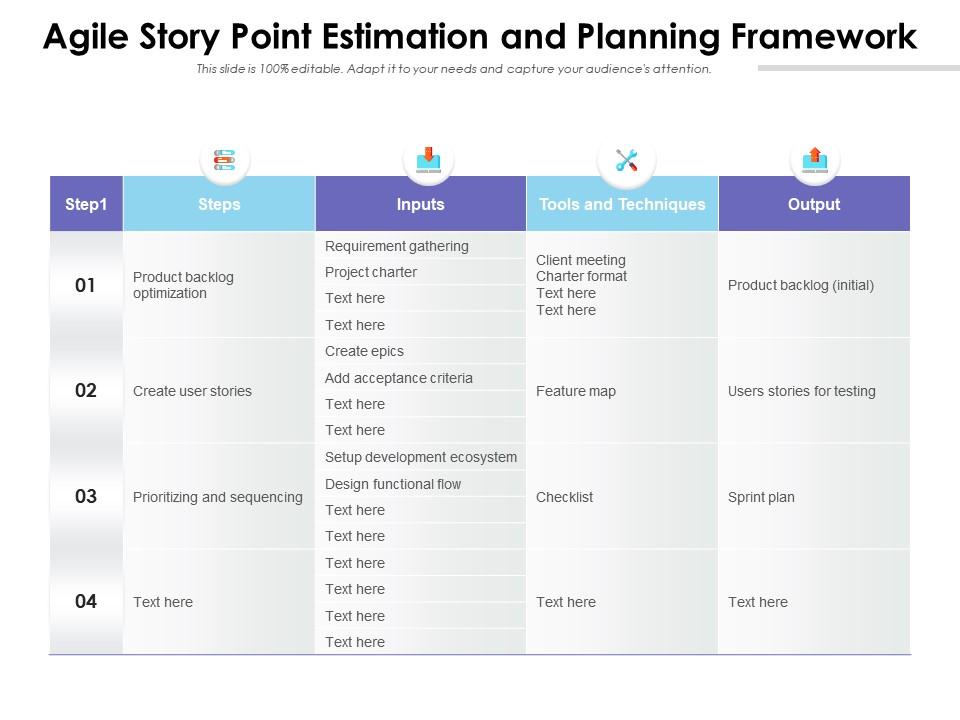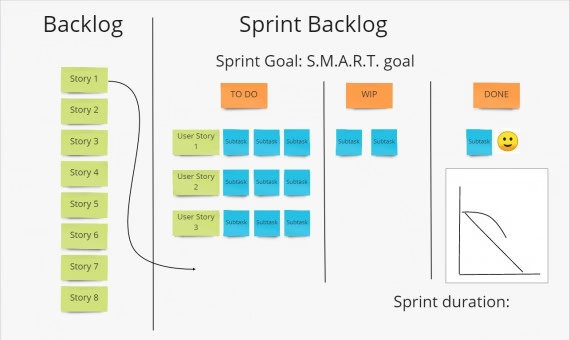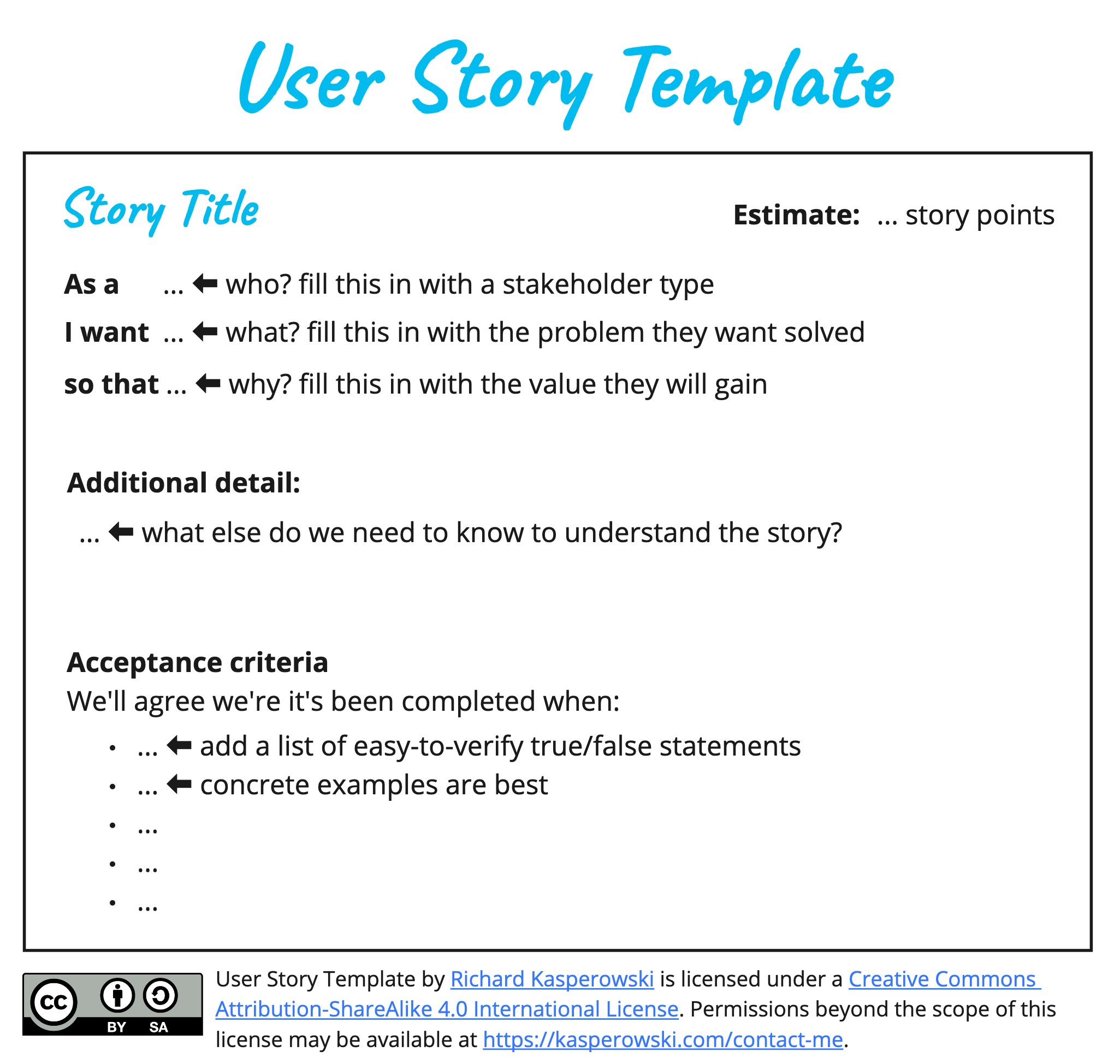Unraveling Agile User Stories: A Comprehensive Approach
Agile user stories are an essential component of Agile project management, enabling teams to manage requirements in a flexible, efficient, and collaborative manner. Contrasting traditional requirements, Agile user stories are concise, focused on the user’s perspective, and adaptable to evolving project needs. This approach fosters a more dynamic and interactive development environment, ultimately leading to a higher-quality end product.
Crafting Meaningful Agile User Stories: A Step-by-Step Guide
Creating effective Agile user stories is a crucial skill for any Agile team. By focusing on the INVEST principle, teams can develop user stories that are Independent, Negotiable, Valuable, Estimable, Small, and Testable. This structured approach ensures that user stories are clear, concise, and actionable, promoting successful project outcomes.
To create an Agile user story, follow these steps:
- Identify the user role: Define the user or persona who will interact with the system and benefit from the feature.
- Describe the user’s goal: Clearly articulate the user’s objective when using the feature or system.
- Narrate the user’s experience: Capture the user’s perspective by describing the actions they will take and the results they expect.
- Ensure negotiable acceptance criteria: Define the conditions that must be met for the user story to be considered complete, while allowing for flexibility and discussion.
- Estimate the effort: Collaboratively assess the size and complexity of the user story using story points or other relative estimation techniques.
- Review and refine: Continuously improve the user story through grooming sessions and feedback from stakeholders.
“How to” Write an Agile User Story: A Practical Example
Let’s consider a real-life scenario to demonstrate the creation of an Agile user story. Imagine a popular online clothing store wants to improve its user experience by implementing a new feature:
As a shopper, I want to save items to a wish list so that I can easily access them later and complete my purchase.
By applying the INVEST principle, we can refine this user story:
- I: The user role is clearly defined as a shopper.
- N: The goal is to save items for future purchase, making the user story negotiable.
- V: Saving items to a wish list is valuable for both the user and the business.
- E: The user story is estimable based on the defined acceptance criteria.
- S: The user story is small enough to be completed within a single sprint.
- T: The user story is testable by checking if the saved items are accessible in the user’s wish list.
This practical example showcases the process of writing an Agile user story, emphasizing the importance of the INVEST principle in creating clear, concise, and actionable user stories.
User Story Mapping: Visualizing Agile User Stories
User story mapping is a valuable technique for organizing and visualizing Agile user stories. By creating a tangible representation of user journeys, teams can better understand and prioritize stories, ensuring that the most critical features are developed first. User story mapping offers several benefits, including enhanced collaboration, improved prioritization, and increased transparency.
To create a user story map, follow these steps:
- Identify user activities: List the primary activities users perform when interacting with the system or feature.
- Create user story cards: Write individual user stories for each activity, focusing on the user’s perspective and goals.
- Order user stories: Arrange the user stories in a logical sequence, reflecting the user’s journey through the system.
- Group related stories: Organize user stories into related categories or swimlanes, making it easier to identify patterns and dependencies.
- Prioritize user stories: Collaboratively determine the importance and urgency of each user story, using techniques such as MoSCoW (Must have, Should have, Could have, Won’t have).
- Visualize the map: Display the user story map in a visible, accessible location, encouraging continuous review and improvement.
User story mapping is a powerful tool for managing Agile user stories, fostering collaboration, and ensuring that teams focus on delivering the most valuable features first.
Breaking Down User Stories: The Art of Splitting
Splitting user stories is an essential skill for Agile teams, enabling them to divide larger stories into smaller, manageable tasks. By breaking down user stories, teams can ensure that each piece of work is small enough to be completed within a single sprint, reducing complexity and promoting efficient development. Various techniques and strategies can be employed to successfully split user stories, ensuring that the resulting tasks are independent, valuable, and testable.
Here are some techniques for splitting user stories:
- Operational Splitting: Divide user stories based on functional differences or different operations within the system.
- Data Splitting: Split user stories based on various data sets, such as user roles, geographical locations, or product categories.
- Temporal Splitting: Divide user stories based on time-related factors, such as sequential actions, recurring events, or historical data.
- Behavioral Splitting: Split user stories based on different user behaviors, such as edge cases, alternative paths, or exceptional conditions.
- Performance Splitting: Divide user stories based on performance requirements, such as speed, capacity, or scalability.
By mastering the art of splitting user stories, Agile teams can improve their development process, increase productivity, and deliver high-quality features more efficiently.
Estimating Agile User Stories: Story Points and Planning Poker
Estimating Agile user stories is a crucial aspect of project planning and management. By assigning story points, a relative measure of size and complexity, teams can effectively plan sprints and track progress. The Planning Poker technique is a popular and engaging method for estimating user stories, promoting collaboration and consensus among team members.
To use Planning Poker for estimating Agile user stories, follow these steps:
- Present the user story: The moderator introduces the user story, ensuring that all team members understand the requirements and acceptance criteria.
- Individual estimation: Each team member silently selects a story point value that they feel represents the user story’s size and complexity.
- Discuss estimates: Team members share their estimates and discuss any differences in opinion. This process encourages collaboration, knowledge sharing, and consensus building.
- Re-estimate: After the discussion, team members re-select their story point values, considering the insights gained during the conversation.
- Vote again: Repeat steps 3 and 4 until a consensus is reached or the team decides to move on.
Planning Poker is an effective and engaging way to estimate Agile user stories, fostering collaboration and ensuring that teams have a shared understanding of the work involved in each user story.
Refining Agile User Stories: The Importance of Grooming
User story grooming, also known as backlog refinement or user story refactoring, is an essential Agile practice that ensures user stories remain relevant, clear, and actionable throughout the project lifecycle. Regular grooming sessions help teams maintain a healthy backlog, enabling them to plan sprints effectively and deliver high-quality features. By dedicating time to reviewing, updating, and prioritizing user stories, teams can proactively address potential issues, minimize risks, and maintain a consistent development pace.
Best practices for conducting user story grooming sessions include:
- Schedule grooming sessions regularly: Allocate time for grooming activities during sprint planning or retrospectives, ensuring that the backlog remains up-to-date and relevant.
- Collaborate with the entire team: Encourage cross-functional team participation, including developers, testers, product owners, and stakeholders, to ensure a shared understanding of user stories and their requirements.
- Review and update user stories: Assess user stories for clarity, relevance, and completeness, making necessary adjustments to ensure they meet the INVEST principle.
- Prioritize user stories: Collaboratively determine the priority of user stories based on their value, complexity, and dependencies, ensuring that the most critical features are developed first.
- Remove outdated or irrelevant user stories: Regularly evaluate the backlog and remove any user stories that no longer align with project goals or user needs.
User story grooming is a vital Agile practice that helps teams maintain a healthy backlog, ensuring that user stories are clear, relevant, and actionable. By incorporating grooming sessions into their Agile process, teams can effectively plan sprints, minimize risks, and deliver high-quality features.
Agile User Story Examples: Diverse Industries and Projects
Agile user stories can be applied across various industries and projects, enabling teams to deliver user-focused features and solutions. By examining real-world examples, teams can gain inspiration, guidance, and a deeper understanding of how to craft effective user stories. Here, we present Agile user story examples from diverse industries and projects, demonstrating the versatility and applicability of this approach.
Example 1: E-commerce Order Management
As a customer, I want to track my order status so that I can stay informed about the delivery time and location.
Example 2: Healthcare Appointment Scheduling
As a patient, I want to view available appointment slots and book my preferred time online to save time and reduce administrative burden.
Example 3: Social Media Content Sharing
As a user, I want to share content from third-party websites directly to my social media profiles, expanding my online presence and engagement.
Example 4: Online Learning Platform Accessibility
As a visually impaired user, I want to navigate the learning platform and consume course content using screen reader technology to ensure equal access to education.
Example 5: Food Delivery Mobile Application
As a user, I want to save my favorite meals and restaurants for quick access, streamlining my ordering process and enhancing my user experience.
These Agile user story examples, spanning various industries and projects, showcase the power of user-centric requirements and the flexibility of the user story format. By incorporating these examples into their Agile journey, teams can better understand how to create effective user stories that deliver value and improve the overall development process.






